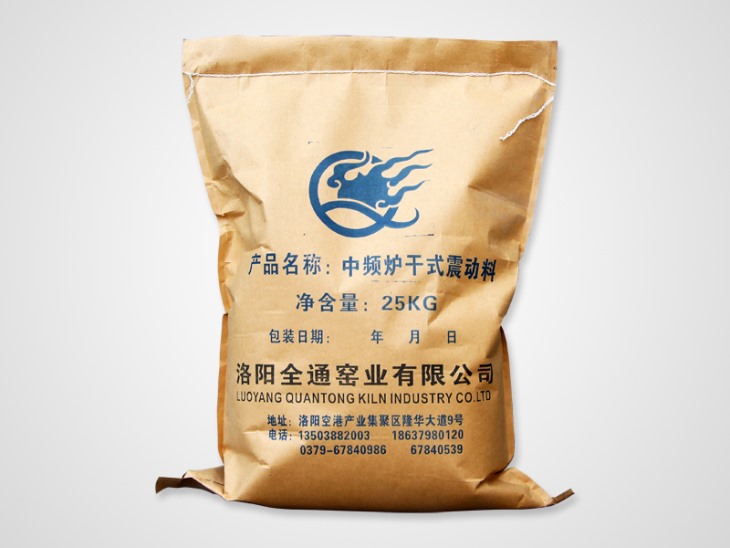How to deal with the damage of intermediate frequency furnace lining
During the use of the intermediate frequency furnace, the thickness of the refractory material for the furnace lining is only 70-110mm. The inner side of the intermediate frequency furnace lining is in contact with the high-temperature molten metal, and the outer side is close to the water-cooled coil. The main process conditions that affect the damage of the furnace lining include: melting temperature, degassing time, primary degassing amount, chemical composition of the slag and the type of steel produced. The main factors affecting the damage to the furnace lining are: Slag chemical corrosion, refractory structure falling and thermal corrosion.
\u003Ci>1.\u003C\/i> \u003Cb>1.\u003C\/b>\u003Ci>中频炉炉衬\u003C\/i>\u003Cb>Intermediate frequency furnace lining\u003C\/b>
The lining of the intermediate frequency furnace is usually made of refractory materials of various sizes and sizes (commonly used refractory materials mainly include four categories: magnesia, quartz, aluminum and composite materials).
Its characteristics are: direct bonding. Therefore, it has high corrosion resistance, high mechanical strength and good thermal shock resistance.
2. Damage mechanism of magnesia lining material
Taking magnesia refractories as an example, the damage mechanism of magnesia materials is described:
The main manifestations of the damage of magnesia materials are: thermal corrosion caused by active molten steel and chemical corrosion caused by the penetration of slag components into the material.
During the smelting process, the solution will enter the refractory matrix through the capillary channels in the refractory matrix to corrode the furnace lining. The components entering the refractory matrix include: CaO, SiO2, FeO in the slag; Fe, Si, Ai in the molten steel , Mn, C, and even metal vapor, CO gas, etc. These incoming components are deposited in the refractory capillary channels, which constitute the discontinuity between the physical and chemical properties of the refractory working face and the original refractory matrix, and under the sudden change of operating temperature There will be cracks, drops and loose structures, and strictly speaking, this damage process is much more serious than the dissolution damage process.
The research results show that: optimized particle gradation and reasonable structure design of breathable bricks can improve the thermal shock stability and slag resistance of breathable bricks, thereby improving their performance. There are many factors that affect the service life of breathable bricks, but heat drop And oxygen cleaning is an important reason for the damage of breathable bricks. By adding silicon nitride, Sialon and other additives in the matrix, the breathable bricks have the characteristics of not being wet with molten steel, reducing the corrosion loss rate.

Related Industry Knowledge
- Features and Benefits of Coil Clay
- What are the advantages of a good furnace lining
- Misunderstandings in the use of ramming materials in intermediate frequency furnaces
- Phenomenon analysis of failure of argon blowing of ladle permeable bricks and how to improve the rate of argon blowing
- Where is the consumption reduction and energy saving of breathable bricks reflected?
- How to improve the service life of intermediate frequency furnace lining
- Reasons for damage to intermediate frequency furnace lining and how to solve them
- The performance and advantages of breathable brick
- Analysis of Structural Characteristics of Dispersive Breathable Bricks
- The intermediate frequency furnace charge knotting process needs to pay attention to details sharing
- What are the precautions for the use of impermeable breathable bricks?
- Analyze the effect of coil cement products
- What are the differences between ramming material and castable material?
- What are the requirements for the production materials of breathable bricks?
- Analyze the energy consumption and energy saving performance of breathable bricks
- What are the production process and control points of breathable bricks
- What are the effects of the lining material on the foundry electric furnace
- How to choose acid furnace lining correctly
- Will the ramming material be chemically attacked?
- Ramming material manufacturers teach you how to improve crack resistance


